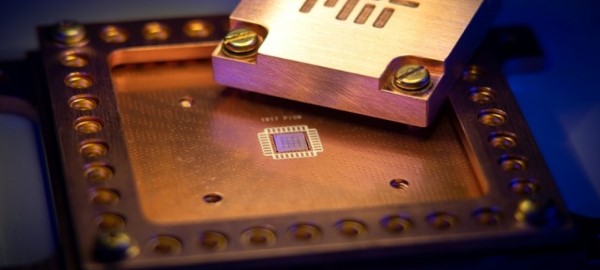Strong and Silent: A Step Toward More Accurate Super-Computers
By Dawn Allcot
Qubits, the fundamental components of quantum computers, are sensitive to environmental “noise” from control electronics, heat, and even impurities in the qubit material.
Qubits exist in one of two states corresponding to the binary bits: 0 or 1. But they can also maintain both states simultaneously. This “quantum superposition” is what makes quantum computers so much faster and more accurate at solving complex problems that typically can’t be touched by classical computers. When qubits encounter environmental noise, however, they cannot maintain that super-position state. This loss of coherence can lead to computing errors.
Researchers have, previously, developed statistics-based models that estimate the impact of unwanted noise sources. But the models only measure “Gaussian noise,” or random disruptions from multiple sources.
Now, researchers at the Massachusetts Institute of Technology and Dartmouth College worked together to create a tool that measures the “non-Gaussian noise” that affects qubits. The researchers can isolate distinctive patterns in the noise that stem from just a few strong sources.
The researchers designed techniques to separate those noises from the background Gaussian noise, and then used signal-processing techniques to reconstruct highly detailed information about those noise signals. Those reconstructions can help researchers build more realistic noise models, which may enable more robust methods to protect qubits from specific noise types. As qubits are fabricated with fewer defects, it becomes critical to reduce the effects of non-Gaussian noise.
For their work, the researchers leveraged the fact that superconducting qubits are good sensors for detecting their own noise. Specifically, they use a “flux” qubit, which consists of a superconducting loop that is capable of detecting a particular type of disruptive noise, called magnetic flux, from its surrounding environment.
In the experiments, they induced non-Gaussian “dephasing” noise by injecting engineered flux noise that disturbs the qubit and makes it lose coherence, which in turn is then used as a measuring tool.
The technique can help programmers validate and tailor dynamical error suppression and error-correcting codes for qubits, which fixes noise-induced errors and ensures accurate computation.
Source: MIT News

